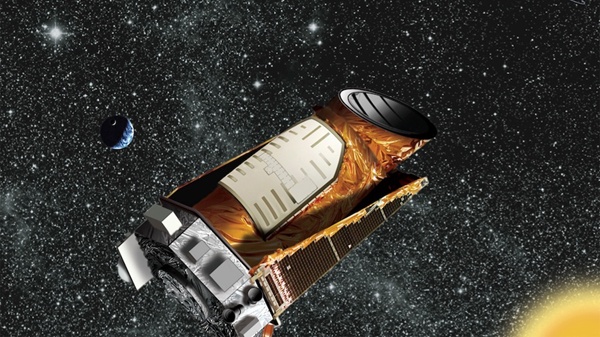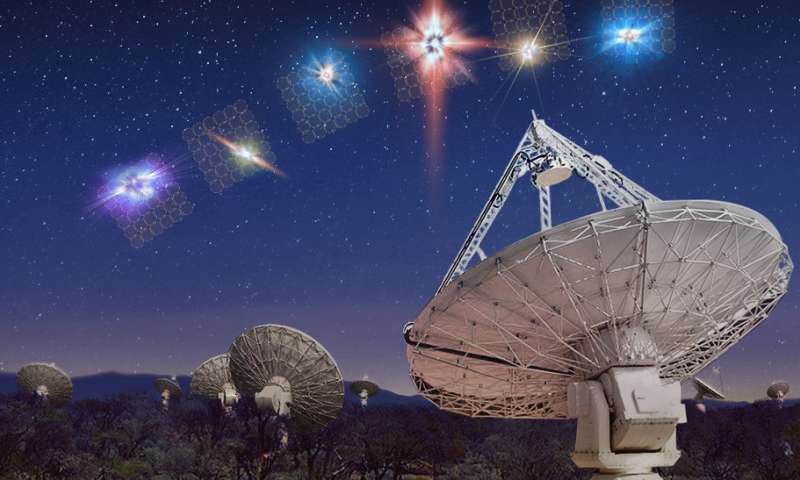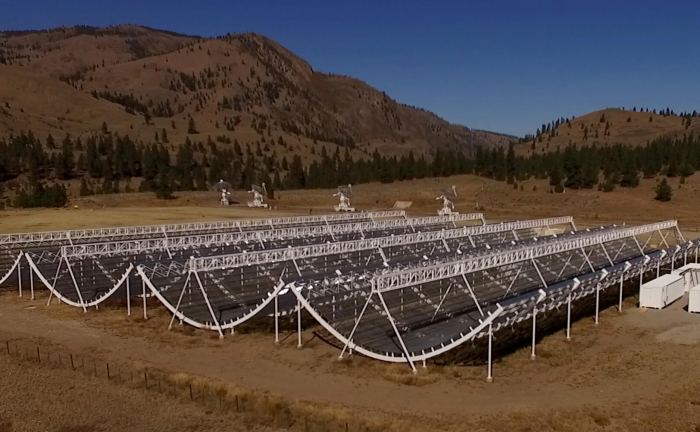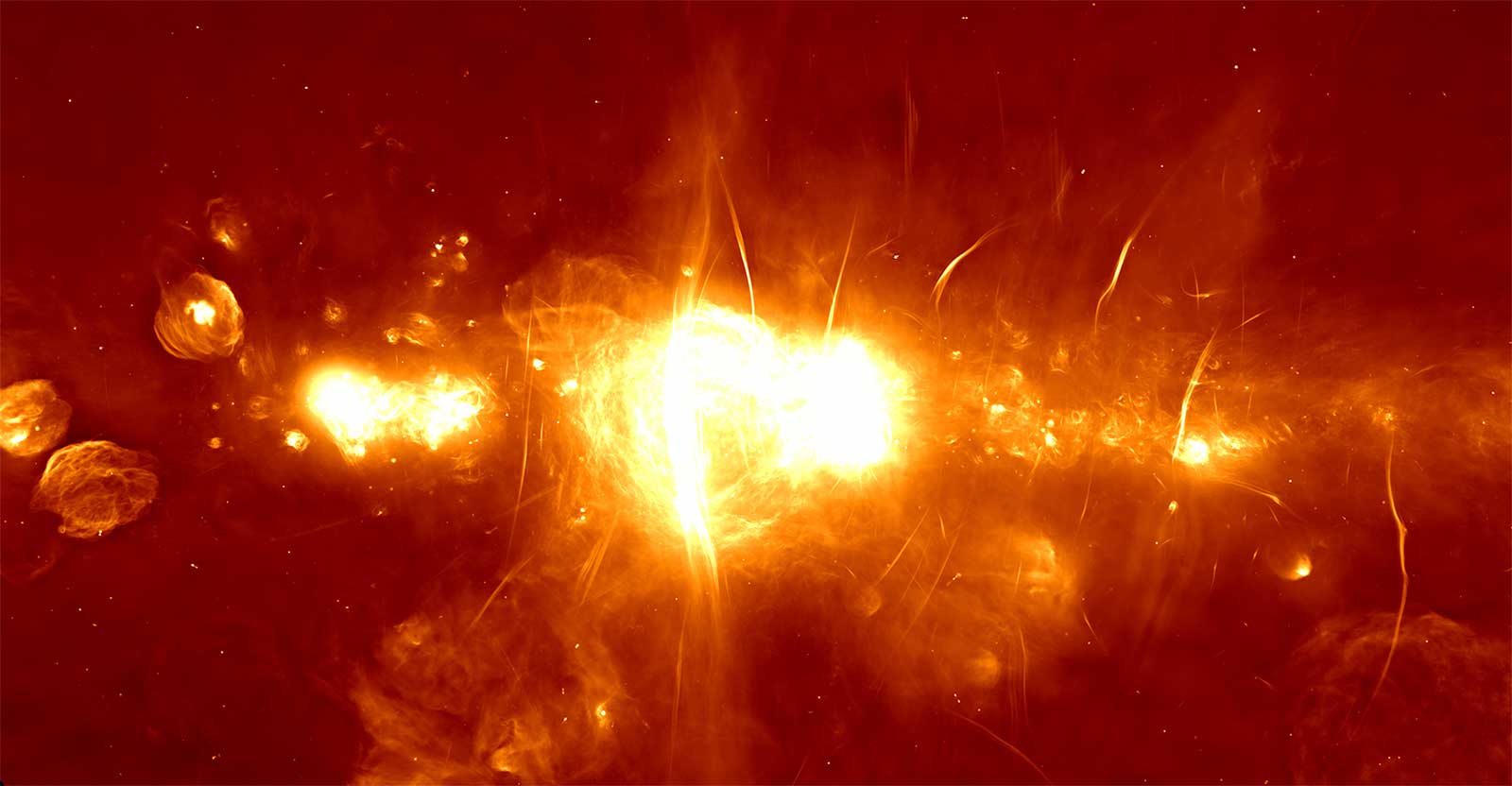
A relic cloud of gas, orphaned after the Big Bang, has been discovered in the distant universe by astronomers using the world's most powerful optical telescope, the W. M. Keck Observatory on Maunakea, Hawaii.

The Hubble Space Telescope is a hero in the astronomy world - serving 25 years in space. And when it suffered a malfunctioning on October 5th, it took a heroic effort on the part of the Hubble team to get it working again.

The novel GRAVITY instrument has discovered clumps of gas swirling around at about 30 per cent of the speed of light on a circular orbit just outside the innermost stable orbit of a four million mass black hole.

NASA's planet-hunting telescope has run out of fuel after a nine-year mission that found more than 2,600 planets orbiting other stars along with thousands of candidate worlds.

The Dark Energy Spectroscopic Instrument, or DESI, is being assembled for a five-year mission at the prime focus of the Mayall Telescope, to measure the spectra of more than 30 million galaxies and quasars.

Astronomers have discovered 4 very large gas planets orbiting a young star only 2 million years old. Looks like we need a new model of planetary formation.

Australian researchers using a CSIRO radio telescope in Western Australia have nearly doubled the known number of 'fast radio bursts'— powerful flashes of radio waves from deep space.

It's been a bad couple weeks in space. A week ago, technical difficulties forced engineers to put the Hubble Space Telescope's science mission on hold. Now, the Chandra X-ray Observatory is in safe mode, too.

NASA's TESS, made an early discovery of "super-Earth" and "hot Earth" planets in solar systems at least 49 light-years away, marking the satellite's first discovery since its April launch.

Astronomers report the first detection of matter falling into a black hole at 30% of the speed of light, located in the center of the billion-light year distant galaxy PG211+143.

Excavators have started digging out rock to make way for the foundation and pier that eventually will support the Giant Magellan Telescope atop the 2,500-metre (8,200-foot) peak in the Atacama Desert in Chile.

The Canadian Hydrogen Intensity Mapping Experiment (CHIME), a revolutionary new radio telescope, recently made its first-ever detection of a possible Fast Radio Burst (FRB).

South Africa has officially switched on MeerKAT, billed as the most sensitive radio telescope of its type on the planet.

NASA’s newest exoplanet-hunting spacecraft has started taking scientific data as of last week, according to a NASA release.

This is a new picture of Neptune taken from the Earth. It’s nothing short of amazing.